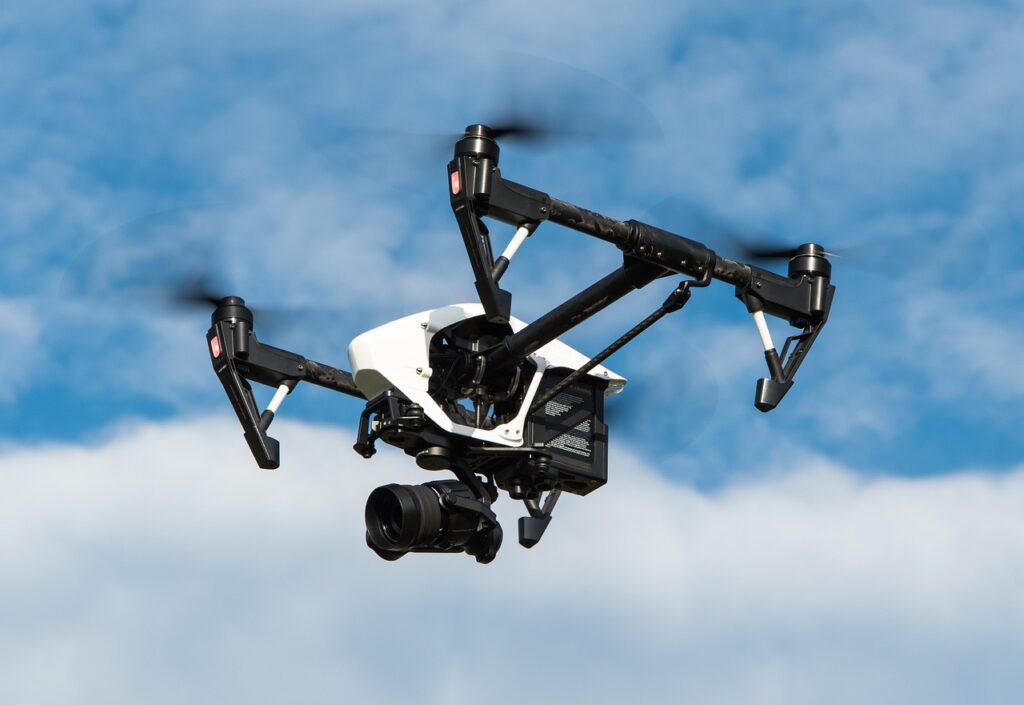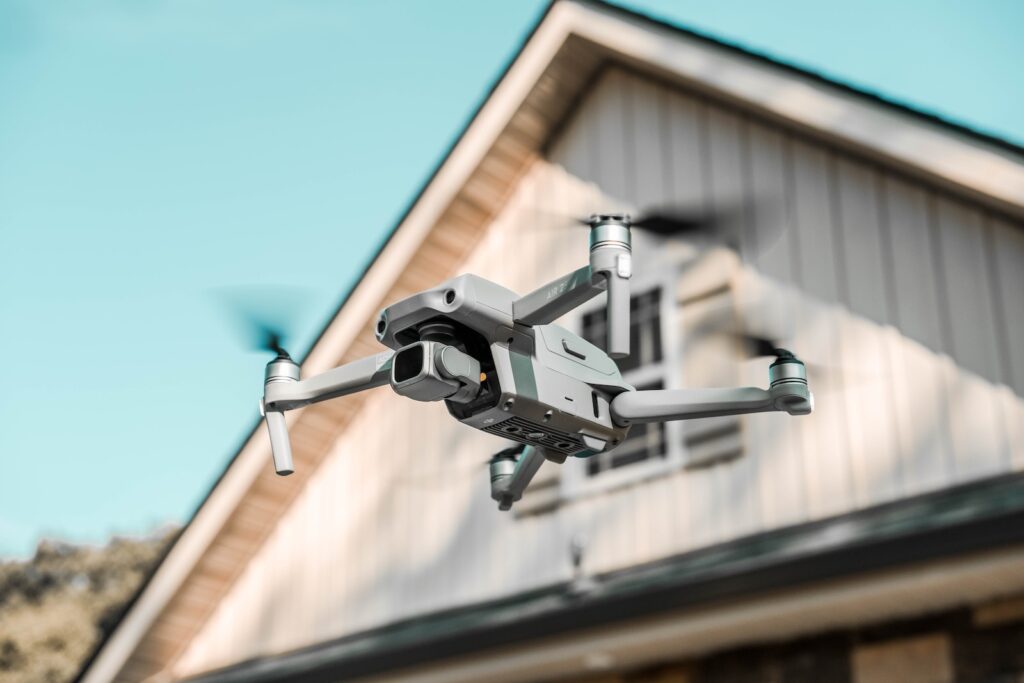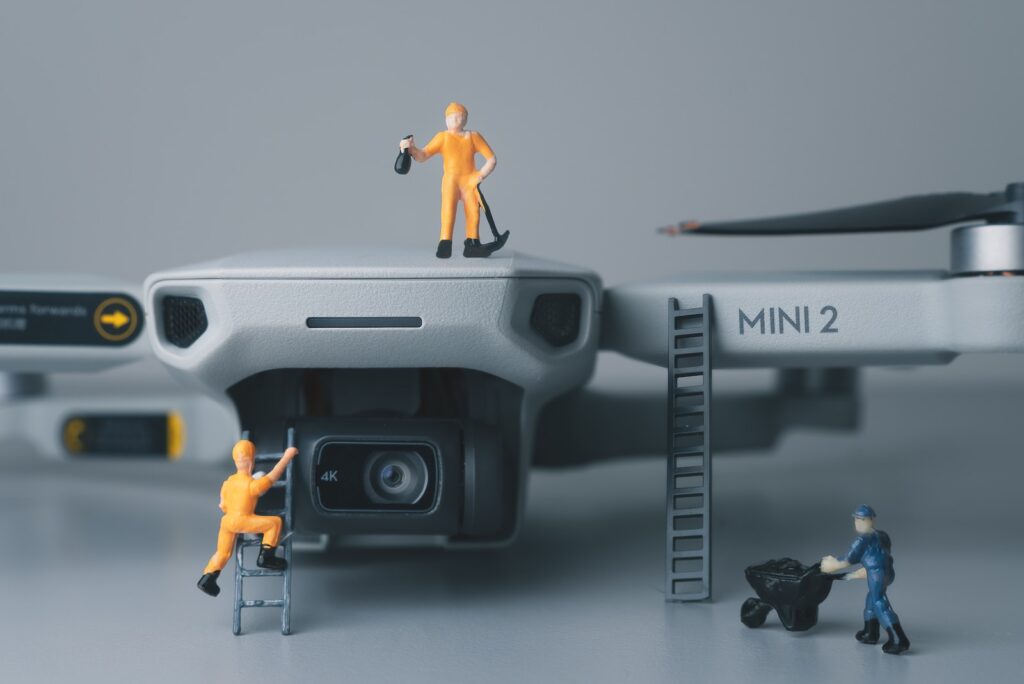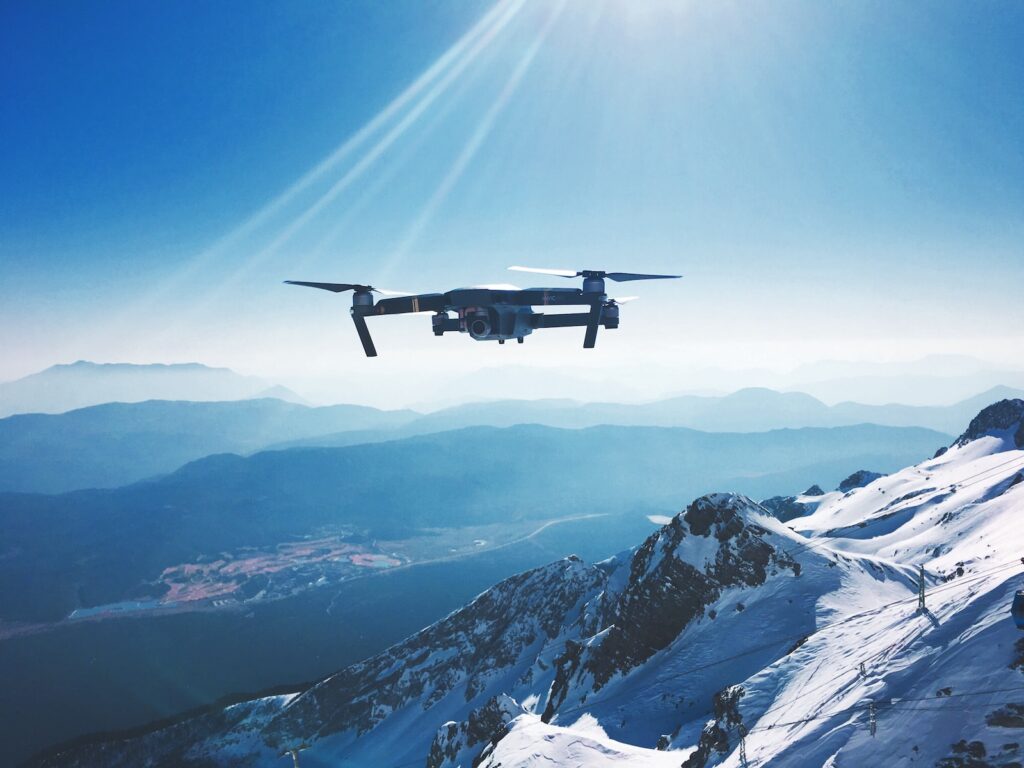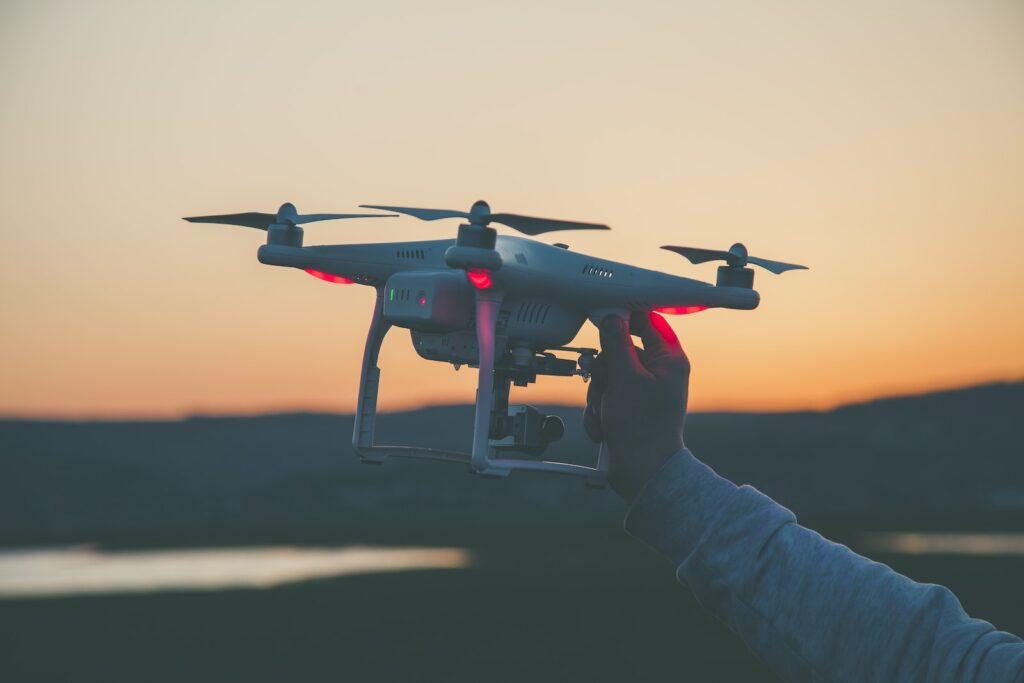In recent years, drones, also known as unmanned aerial vehicles (UAVs), have taken off in popularity, heralding a new age in technology and reshaping a myriad of industries. But what exactly is a drone, and how does it work? Let’s dive in.
A drone, in the simplest terms, is an aircraft without a human pilot on board. This remotely-operated vehicle can be controlled in two ways: either autonomously by computers in the drone or with a remote control operated by a human pilot from the ground.
Drones come in a variety of shapes and sizes, from small handheld models designed for personal use to large commercial drones that can carry payloads. The majority of drones are quadcopters, which means they have four rotors. These rotors allow the drone to hover in place, move in any direction, and complete intricate maneuvers.
At the heart of each drone lies sophisticated technology that makes its operation possible. GPS modules provide precise location data, enabling drones to follow specific routes, return to a home base, or hover in a specific spot. In addition, advanced drones often incorporate obstacle detection and collision avoidance mechanisms, making them safer to operate in diverse environments.
Drones are commonly equipped with high-resolution cameras, making them popular for aerial photography and videography. This has led to their use in various fields, including real estate, filmmaking, and journalism, where they provide unique perspectives and previously unattainable shots.
Drones also play a significant role in industries such as agriculture, where they help monitor crops and distribute fertilizers or pesticides. They have also proven to be invaluable in search and rescue missions, providing a bird’s eye view to locate missing persons or assess the scale of natural disasters.
Additionally, drones are making waves in the delivery industry, with companies exploring their potential for fast, efficient package delivery. This could transform logistics, making deliveries faster and more eco-friendly.
From a recreational standpoint, drone flying has become a popular hobby. Enthusiasts often engage in drone racing, and some have even turned drone piloting into a professional sport.
Despite the widespread use of drones, it’s important to note that their use is regulated by laws and regulations, which vary from country to country. These regulations often cover aspects such as where drones can be flown, how high they can go, and how close they can get to other people or structures.
In conclusion, drones are a groundbreaking technology that has opened up a world of possibilities. As the technology continues to evolve, drones are set to become even more integrated into our daily lives, changing the way we work, play, and explore the world around us. Whether you’re a hobbyist, a professional, or just drone-curious, the sky’s the limit when it comes to these fascinating machines.

